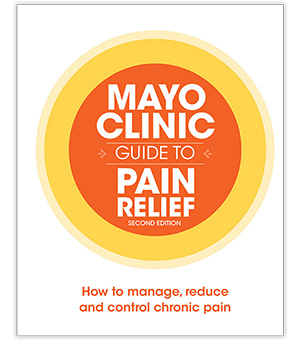Hello ,
Every night, you hope you’ll wake up feeling better. Maybe it’s a migraine that keeps you awake. Or a shooting pain in your back that makes it agony to get out of bed. Nothing seems to help, and your wish goes unanswered. Worse, you’re losing the ability to do day-to-day tasks — and the pain has long since robbed you of the activities and relationships you once enjoyed.
Chronic pain refers to pain that doesn’t go away with time — despite some fluctuation in intensity. It can affect a specific area, such as with back pain, headaches or facial pain, or it can be more widespread, such as with fibromyalgia — a disorder that causes pain throughout the body.
A common problem It’s estimated that at least 100 million U.S. adults experience chronic pain, a number that’s higher than the number of people with diabetes, heart disease and cancer combined. | 



